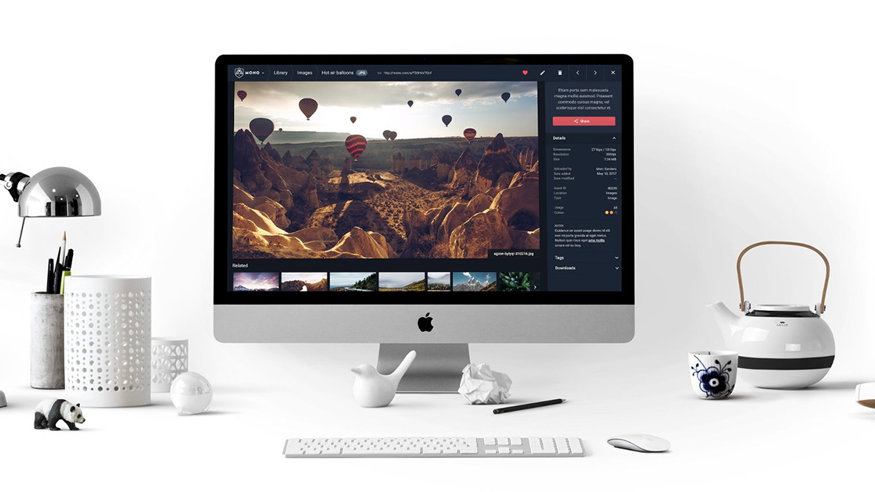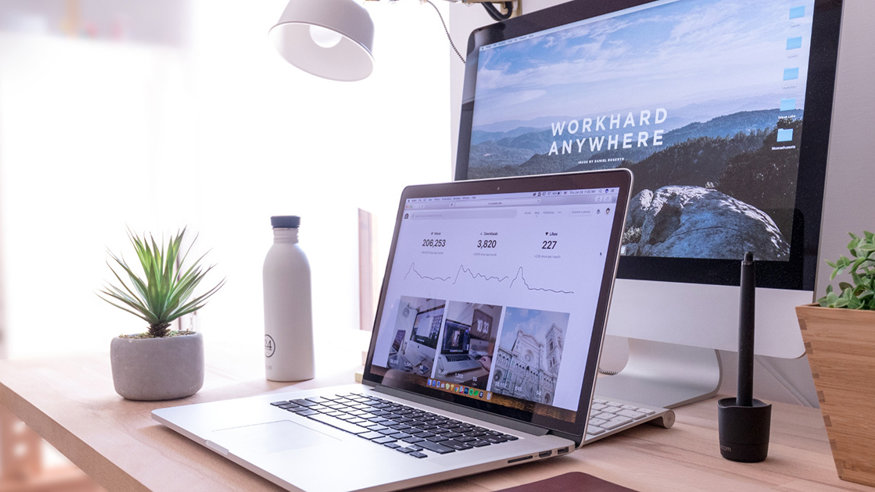What is the difference between design, front end, and back end development?

If you have (or are considering getting) a website, you will most likely have heard the phrases “front end” and “back end” development.
Although these are two separate entities under the development umbrella, they are both a fundamental part of developing an interactive website.
Front end development relates to the visual aspects of a website, and includes everything from text and colours to buttons, images, sliders, transitions, and navigation menus. Front end developers use HTML (the coding language that creates and organizes web content in order to be displayed by a browser), CSS (a language that accompanies HTML and defines the style of the website content i.e. layout, colours, fonts), and JavaScript (used for more interactive elements such as drop down menus, modal windows, and contact forms) to create the visual elements of a website.
Although front end developers deal with the visual side of things, they do not necessarily design the website themselves - this will often be the job of a web designer. The designer will consider all aspects of the website, from the user experience through to the aesthetics, and will produce wireframes and designs for the development team. The front end developer will then take the provided designs, and will add the functionality required to turn these into a live website.
The back end relates to the parts of the website that users do not see, and communicates with the front end in order to ensure everything is working as it should. It is responsible for storing and organising any data collected through the front end, so when you search for a product for example, your browser will send a request to the server (back end) which will then search the database and return information in the form of front end code for the browser to translate and display.
The back end developer is also responsible for setting the website up on your chosen Content Management System (CMS), which allows you to manage and edit your website from one central location. Any integration with 3rd party services (i.e. booking sites) is also handled within the back end development.
Essentially, the front end relates to everything you physically see on a webpage, and the back end relates to the clever ‘behind the scenes’ mechanics that are put in place to make the front end elements work. With both the front and back end working together correctly, customers are able to visit your website and quickly find what they are looking for.
For more information, or to discuss your website requirements please feel free to contact us on hello@16i.co.uk or 01242 654000 and one of the team will be happy to help.
Share article:

What is DAM and how can it help my business?
DAM systems allow businesses to unite their team, assets, and workflow on one platform, reducing search time and increasing efficiency.
Read more
What are the benefits of an MVP and how does it differ from proof of concept?
MVP has a clear objective prior to engaging with customers and seeks reassurance on that objective.
Read more
What is an MVP and how can it help my business?
A Minimal Viable Product can help breathe life into new business ideas without incurring significant costs.
Read more
The six steps of bespoke software development
They allow quality to triumph over quantity and is why more and more companies are choosing to install bespoke software.
Read more
A or B - which web page is better?
Narrow down and select the right webpage to maximise user engagement and conversion
Read more
Can I get an app that integrates with my website?
Most companies have embraced the move towards digital platforms to promote their brand and sell their services, but many have found themselves at a crossroads.
Read more
Does having a mobile app help grow businesses?
Almost everyone in the UK has a smartphone which support mobile applications, or ‘apps’.
Read more
Business benefits of customer portals
A self-service portal is a website that enables customers to perform a range of tasks in their own time.
Read more